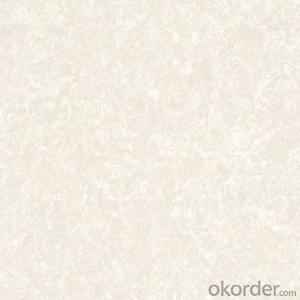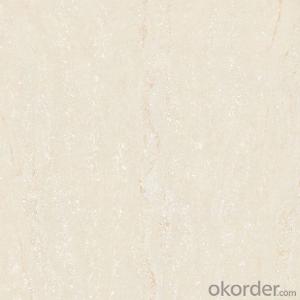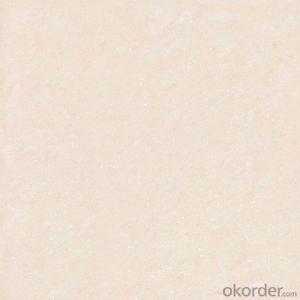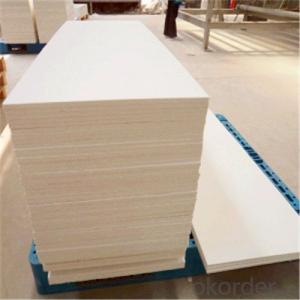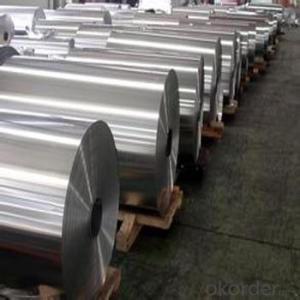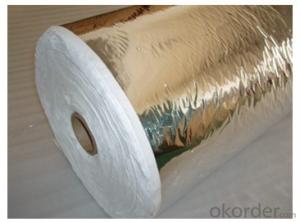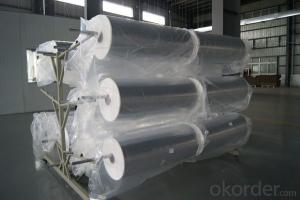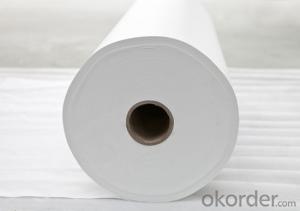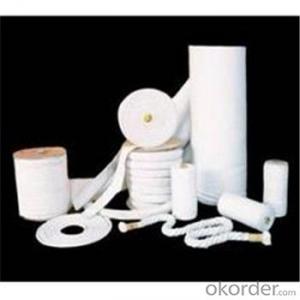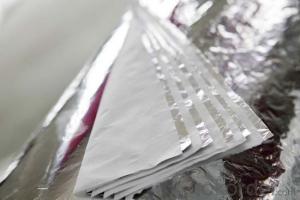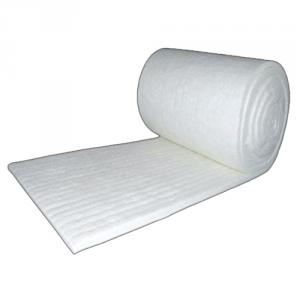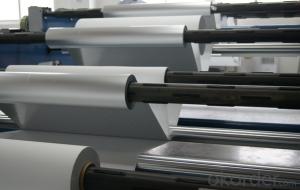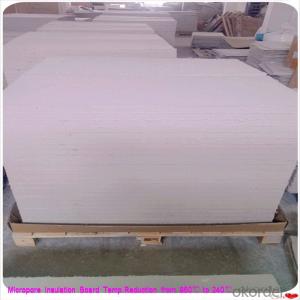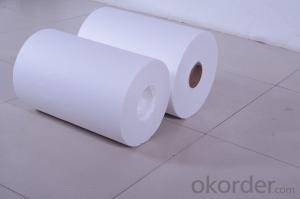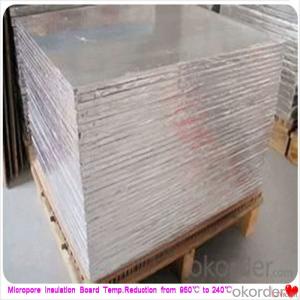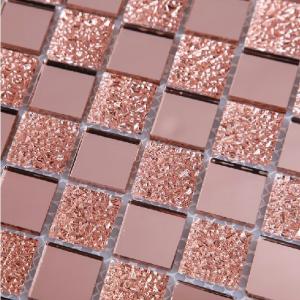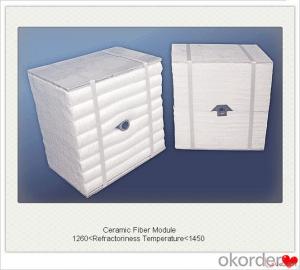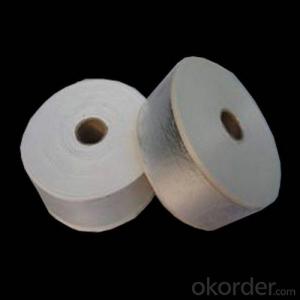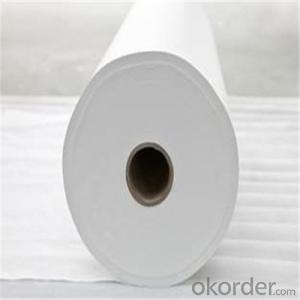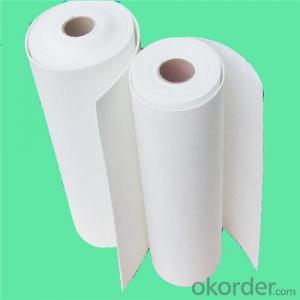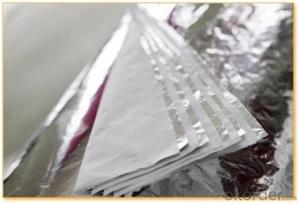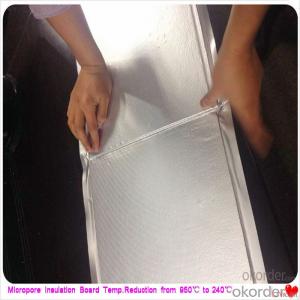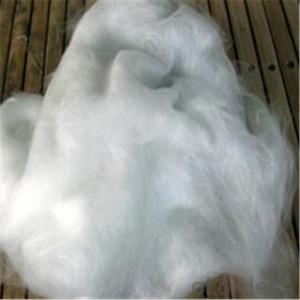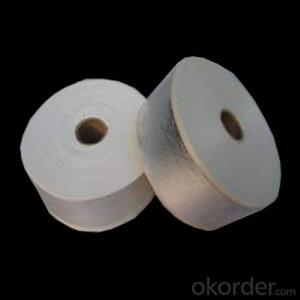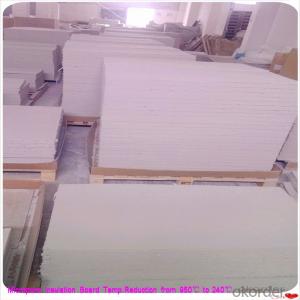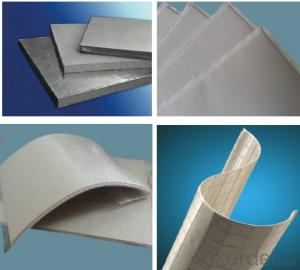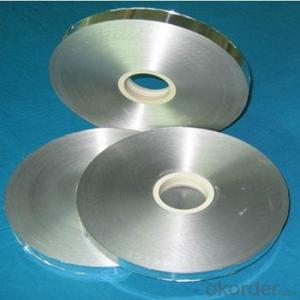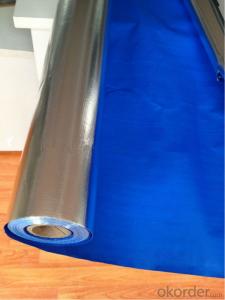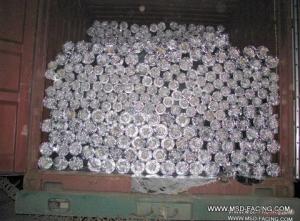Pink Panther Insulation
Pink Panther Insulation Related Searches
Blue Stone Air Pump Pink Hockey Tape Contec Carpet Tile Electric Fireplace Faux Stone Stacked Stone Panels Interior Stone Veneer Panels Exterior Stacked Stone Panels Exterior Installing Faux Stone Panels Stone Roof Stone Roof SlatesHot Searches
Used Foam Board Insulation For Sale Roxul Insulation For Sale Fiber Sheet Price In India Fiber Roofing Sheets Price In Pakistan Plastic Fiber Sheet Price Extruded Polystyrene Insulation Board Price Polyurethane Insulation Board Price Polyisocyanurate Rigid Foam Insulation Price Mineral Wool Insulation Price List Styrofoam Insulation Sheets Price Roof Insulation Price Multi Layer Insulation Price Polystyrene Insulation Price Ceiling Fan Lowest Price Rocksol Insulation Cost Used Foam Board Insulation For Sale Fiberglass Scaffolding For Sale Plastic Roof Tiles For Sale Fiberglass Panels For Sale Fiberglass Greenhouses For SalePink Panther Insulation Supplier & Manufacturer from China
Okorder.com is a professional Pink Panther Insulation supplier & manufacturer, offers integrated one-stop services including real-time quoting and online cargo tracking. We are funded by CNBM Group, a Fortune 500 enterprise and the largest Pink Panther Insulation firm in China.Hot Products
FAQ
- We have recently moved into a house in Australia with a tin roof. There is a layer of 5cm batts on the rafters in the roof space, but the temp is 10-15 degrees C higher up there than in the house (with all the windows and doors open). I don't want to get air-conditioning, is there another way to insulate the roof and cool the house?
- The attic will always be warmer than the house--that's the point of the insulation--to separate the heat in the attic from the cooler air in the house. However, to improve it even more, add insulation on the ceiling joists (not the roof rafters). Make sure there is plentiful ventilation in your attic (when the wind blows, you should feel it blowing inside your attic). Eave vents, ridge vents--it doesn't really matter which ones you use--but you have to have enough for the air to really flow.
- Does snow on the roof help or hurt my heating bill?
- I mostly shows that your home is well insulated and not loosing heat through the ceiling to melt it. Think of an Igloo made of packed snow. It can be kept at a temperature just below freezing so that it will not melt and still keep those inside from the 30-60 below outside.
- I'd like to put a train set in my loft / attic, so to avoid it being cold in there during the winter I'm considering having no insulation in the floor of it where one usually would, thus allowing the heat to rise into the loft. Then, insulate the roof between the rafters instead. Is this just as good at keeping the heating costs down?
- If you are in a cold climate,do not insulate between the top chords of the trusses/rafters.Ventilation is required or your roof deck will mold and rot.You could insulate under the top chord,but will need to strap it out substantially to get the required r value.You will need to build a knee wall at the eves to ensure you don't block the eves with insulation.A product called rafter mate will help in this area.Ventilation is very important.
- My new room is an addition to a mobile home, and has a single-layer metal roof. I have 3 "main" concerns. What are the cheapest and/or most effective ways of eliminating them?1. No heat insulation- cold air sinks from the roof to my room, and my warm air rises to the roof and cools.2. Condensation forms on the inside and drips occasionally. My computer, bike, and downhill boards are in here!3. It seems like bugs could easily get into my room, but that's just a suspicion.
- You really need a correct "building paper" under the iron. It is aluminum with a tar sandwiched between...You can also use plastic sheeting as a vapor barrier..
- What is the difference between roof and loft insulations?
- Potentially that the roof itself is insulated on the underside. A loft insulation could be that the base or floor of the loft/ attic is insulated. Otherwise, I'm not sure.
- I do not have extra space on the roof. Roof also tapers to drains at one end of building.
- the R values, i am not sure. that white stuff is NOT Styrofoam. it is a cheap imitation. Real Styrofoam is made by DuPont, is usually a light blue, with a plastic seal coat on both sides. that thin plastic seal coat doubles the R value. what really does the insulation, is trapped air. air is actually a poor conductor of heat. the foam is actually little bubbles of air. dead air that is, air that cannot circulate and move. it works similarly to the way a down vest or coat works, it fluffs up and holds the air pockets out within a confining structure, thus retaining heat. the rigid stuff will last much longer, i can tell you that much. the white foam stuff deteriorates quickly. buy cheap, get cheap, is the general rule. you may wind up only having to do it again in a few years.
- I live in the top most floor of a flat. Is it worth to insulate the roof (from inside) with styrofoam(thermocole) to reduce the airconditioning load. Is it really economical with respect to cost of insulation and savings gained? Any experiences?
- if u mean roof as just below the shingles this is not recommended as it will cause the shingles to become very hot and prematurely fail,,the best way to lower the heat in an attic is ventilation,,if u have an attic its best to insulate the floor of the attic and lots of ventilation
- I have a valley between two roof peaks that gets a huge icicle every year. I know this area is not insulated very well. In the house it is a dead area between two rooms. I would like to get someone over here and blow it full of insulation (couple calls in, awaiting response). In the meantime, I do have heat tapes installed on the roof in this area. It's a 50' run, zigzagged and some goes into gutter and the downspout.I am paranoid of fire hazards and have a real problem leaving these tapes plugged in. That being said, I realize snow is all around and water is flowing in this case. Is it safe to leave these plugged in?Is there a time I should be unplugging?Will this help my icicle problem?Serious replies only please. I prefer from a licensed contractor/insulator.Thanks in advance.
- James M has a good answer- Your problems (as mine) are found in the attic - or below the roof surface. If the roof is warmed from within the house, the snow will melt daily and re-freeze at night. Your task is to keep the roof COLD by insulating the eaves from warm air. Also the attic space. The attic air should rise to a vent in gables or along the roof ridge... then exit. The interior temperature should be chilly at all times with snow on the roof- 40degF or below. In my case (maybe yours?), the warmth comes from the Top of the exterior walls - the top plate is very near the roof- and heat from the living space travels upward inside the wall to this support... a LINE of snow melt is visible where the wall meets the roof. I need to reinsulate the entire exterior to get control of roof snow melt... or visit the roof with a snow rake after heavy snow.


